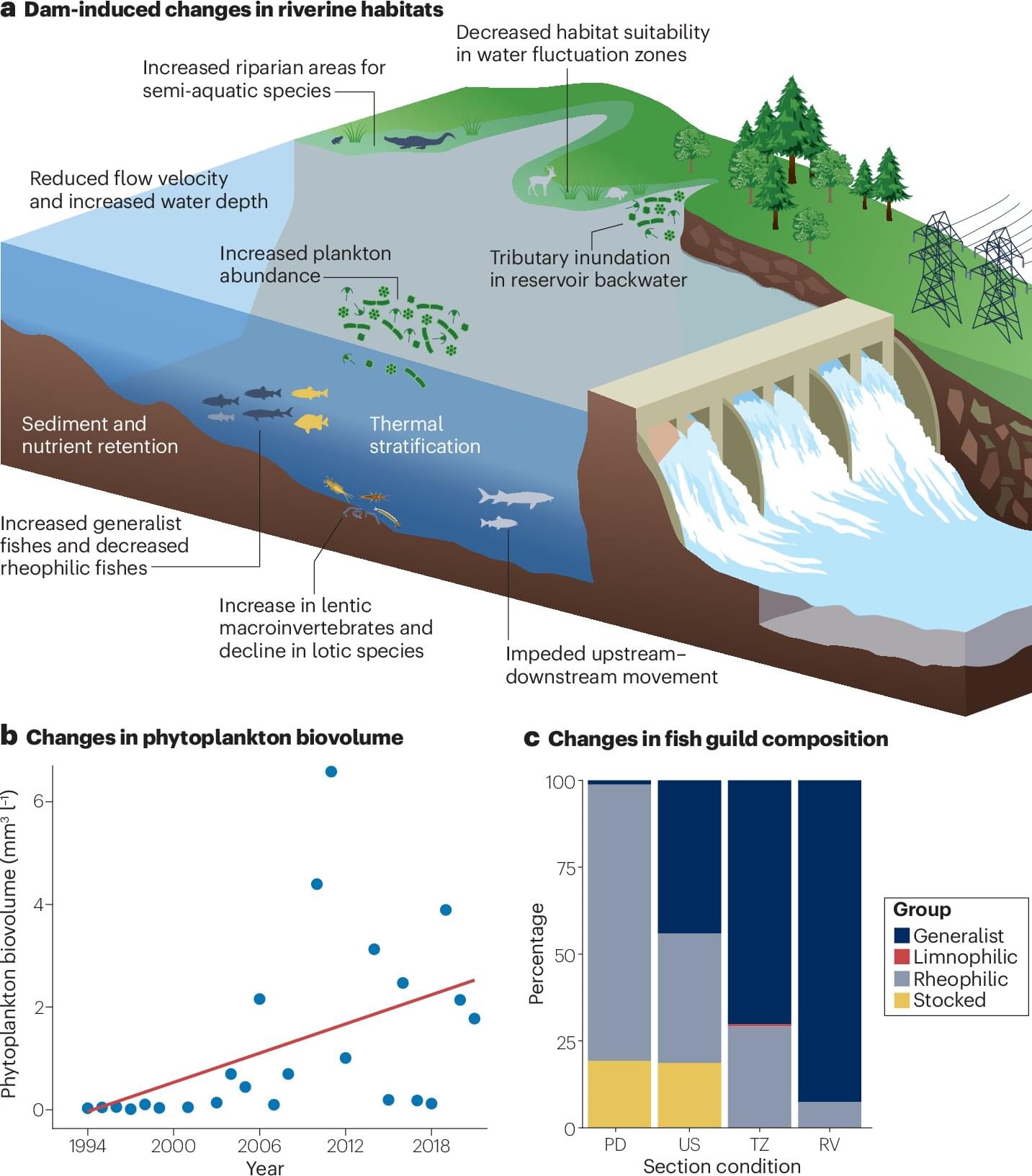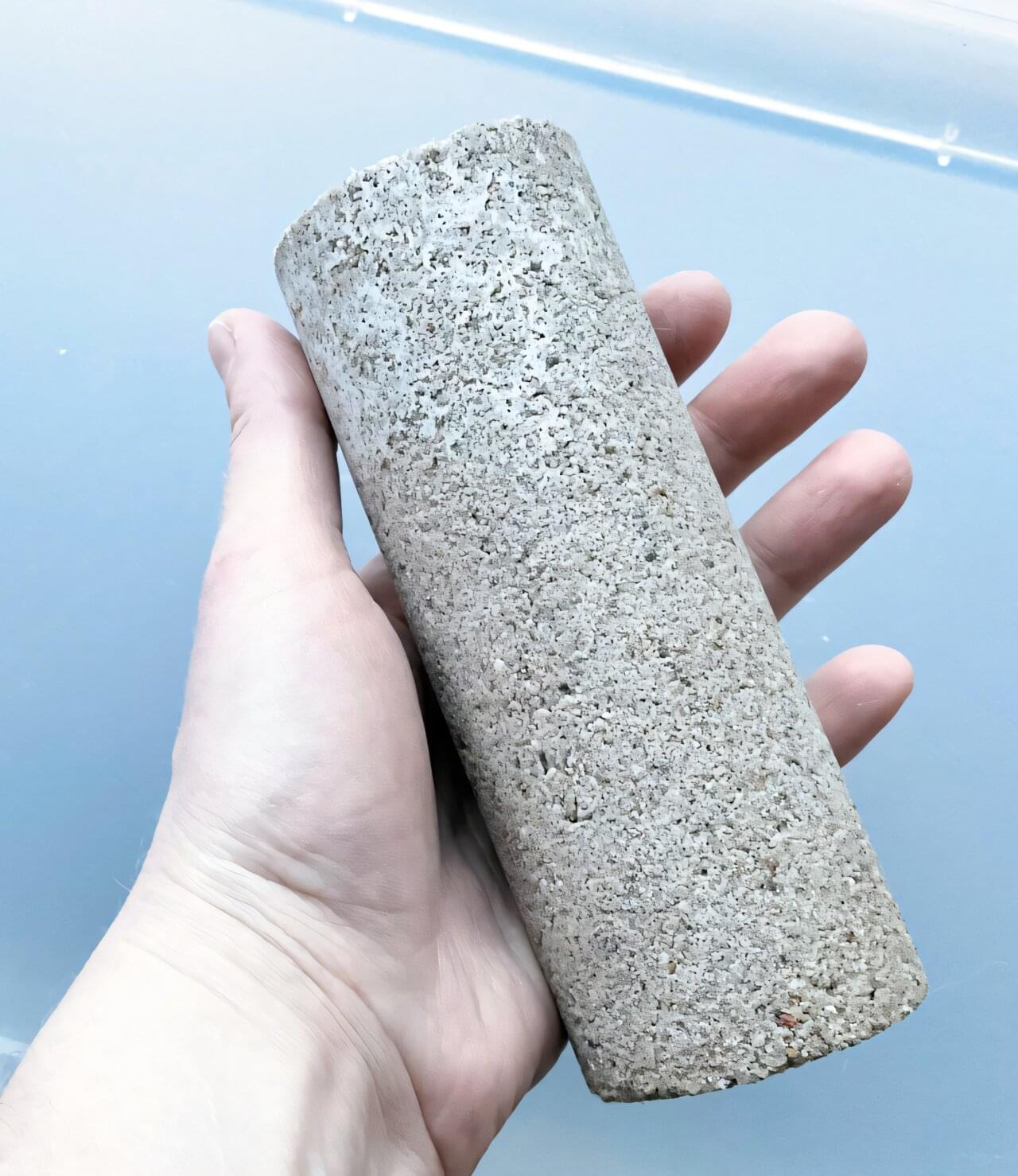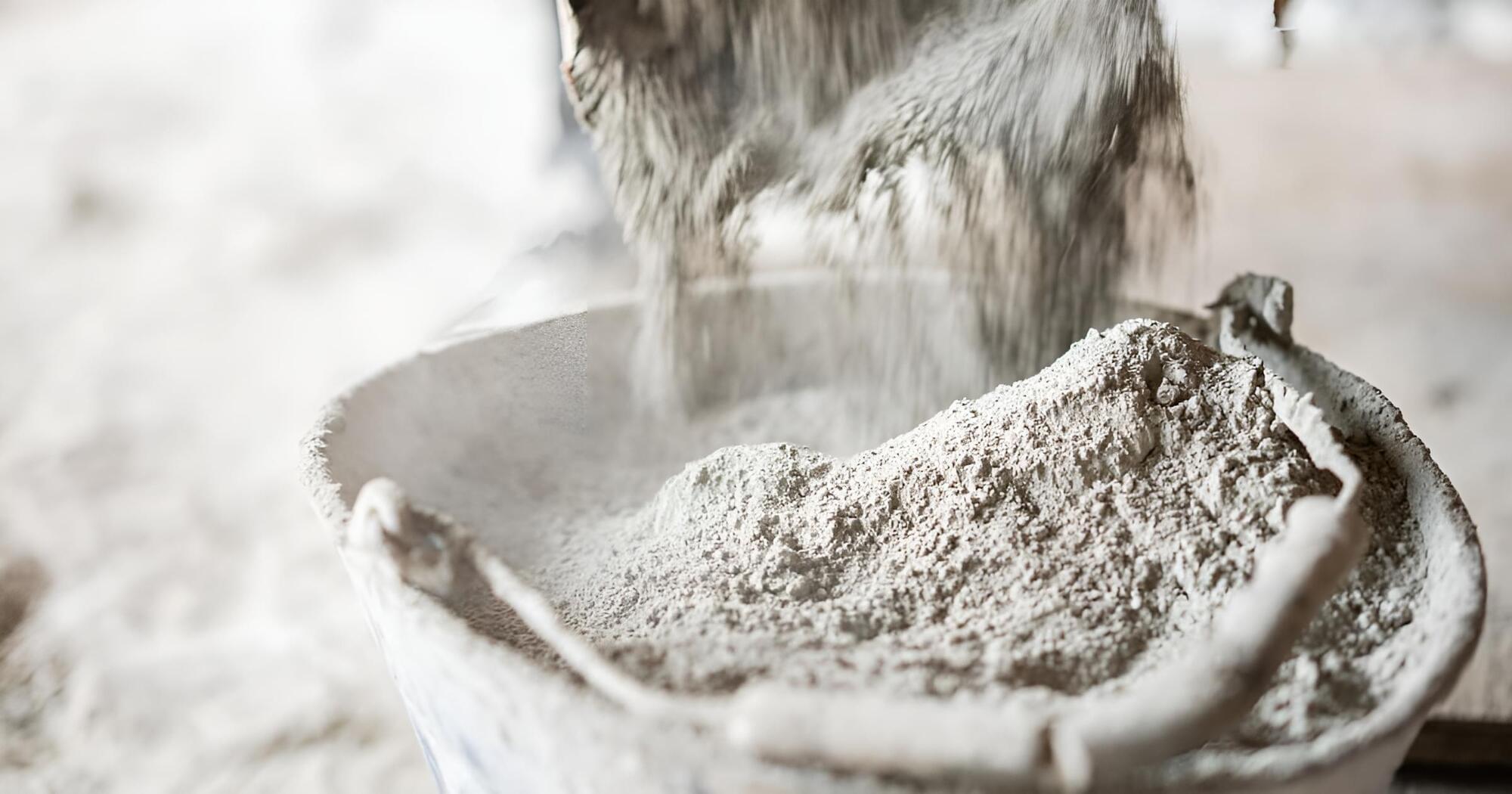On May 7, 2025, the Sun erupted in a massive display of energy, releasing a solar filament that stretched across its eastern limb.



Scientists and space explorers have been on the hunt to determine where and how much ice is present on the Moon. Water ice would be an important resource at a future lunar base, as it could be used to support humans or be broken down to hydrogen and oxygen, key components of rocket fuel. University of Hawai’i at Manoa researchers are using two innovative approaches to advance the search for ice on the Moon.
ShadowCam scouts for surface ice.
Water ice was previously detected in the permanently shaded regions of the Moon’s north and south poles by Shuai Li, assistant researcher at the Hawai’i Institute of Geophysics and Planetology (HIGP) in the UH Manoa School of Ocean and Earth Science and Technology (SOEST). A new study led by Jordan Ando, planetary sciences graduate student in Li’s laboratory, examined images from a specialized camera, the “ShadowCam,” that was on board the Korea Aerospace Research Institute Korea Lunar Pathfinder Orbiter.

A new study suggests that, in the case of global catastrophe, urban agriculture alone could sustain only about one fifth of the population of a temperate, median-sized city, but the whole city could be fed by also farming land within a short distance of the urban area.
Matt Boyd of Adapt Research Ltd, New Zealand, and Nick Wilson of the University of Otago, New Zealand, present these findings in PLOS One.
Abrupt global catastrophes—such as nuclear wars, extreme pandemics, or solar storms—could severely hamper global trade. Shortages of resources like liquid fuels could disrupt food production and transport, possibly leading to famine. Prior research has suggested that this impact could be mitigated by urban agriculture, which includes such approaches as home, community, and rooftop gardens.

Scientists from the Faculty of Physics and Applied Informatics at the University of Lodz have published an article on friction in the journal Small. Their research on “bismuth islands” moving on the surface of graphite confirmed the existence of a totally new form of so-called superlubricity—a friction-free contact between two solid bodies.
This discovery could revolutionize the way we design nanoscale machines, and even vehicles, in the future. By understanding these processes, we can create devices that can operate much more efficiently, saving on energy and resources.
Scientists led by Dr. Hab. Paweł Kowalczyk, associate professor at the University of Lodz, have discovered a new phenomenon related to the disappearance of friction—superlubricity. This special phenomenon was observed at the contact of two solid materials, bismuth and graphite.

A new hybrid–electric vertical takeoff and landing vehicle aimed at personal ownership and flying has been introduced by a London startup.
The three-seater Sigma flying vehicle from AltoVolo would feature a tilting jet propulsion system with a promise of a range of 500 miles and a cruising speed of 220 mph.
The vehicle would use batteries for vertical take-off and landing and liquid fuel for long-range flight, according to the company.

Two recent studies published in Biological Conservation and Nature Reviews Earth & Environment, led by researchers from the Leibniz Institute of Freshwater Ecology and Inland Fisheries (IGB) and the Northeast Institute of Geography and Agroecology, Chinese Academy of Sciences, highlight the profound impacts of hydropower on biodiversity in river channels and at the land-water surface.
The studies demonstrate that these effects arise from impoundment upstream of the dams, disruptions to the natural flow, sediment, and thermal regimes in downstream channels and floodplains, altering habitat conditions and environmental cues vital for many species to complete their life cycles.
The authors provide an overview of measures aimed at mitigating these adverse effects. They underscore the importance of systematic planning, long-term monitoring, adaptive management, and decision-making involving multiple actors to ensure sustainable development and call for a critical reassessment of hydropower’s status as an often claimed environmentally friendly energy source.


Researchers at the University of Stuttgart have used microbial processes to produce environmentally friendly bio-concrete from urine as part of a “wastewater-bio-concrete-fertilizer” value chain. With the project extension granted by the Baden-Württemberg Ministry of Science, Research, and the Arts, the focus now shifts to product optimization and practical testing.
Concrete is booming. Around 4 billion tons of cement are processed into concrete and used worldwide every year. With serious consequences for the environment.
“Conventional cement is typically fired at temperatures around 1,450 degrees. This consumes a lot of energy and releases large quantities of greenhouse gases,” says Professor Lucio Blandini, Head of the Institute for Lightweight Structures and Conceptual Design (ILEK) at the University of Stuttgart.
A mathematician has solved a 200-year-old maths problem after figuring out a way to crack higher-degree polynomial equations without using radicals or irrational numbers.
The method developed by Norman Wildberger, PhD, an honorary professor at the School of Mathematics and Statistics at UNSW Sydney, solves one of algebra’s oldest challenges by finding a general solution to equations where the variable is raised to the fifth power or higher.

A groundbreaking cement developed by Chinese scientists can now generate electricity from heat—thanks to a bio-inspired design that mimics plant stems. By combining hydrogel layers with traditional cement, this innovation enhances ion flow and delivers record-high thermoelectric efficiency. This breakthrough could power smart infrastructure, allowing buildings, roads, and bridges to self-generate electricity for sensors, lighting, and more—ushering in a new era of energy-smart cities.